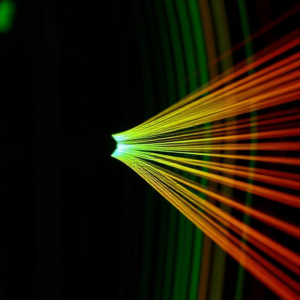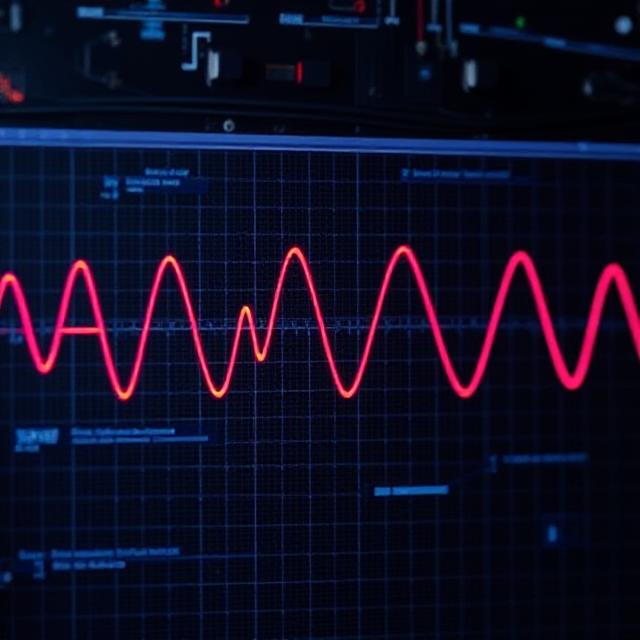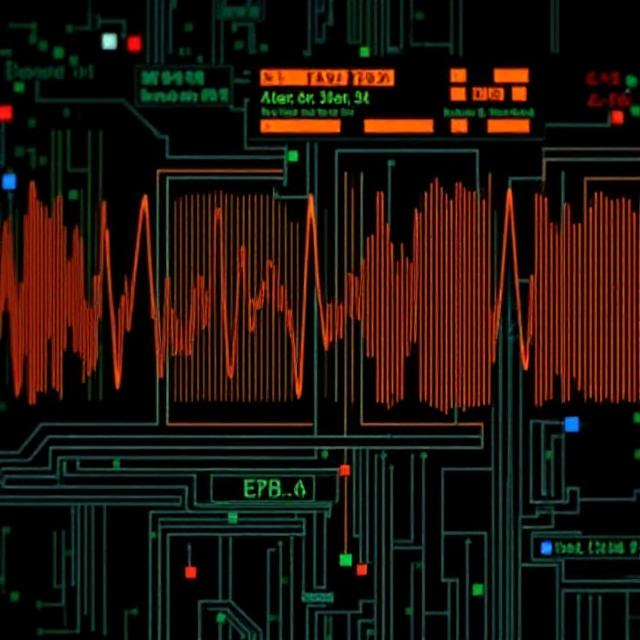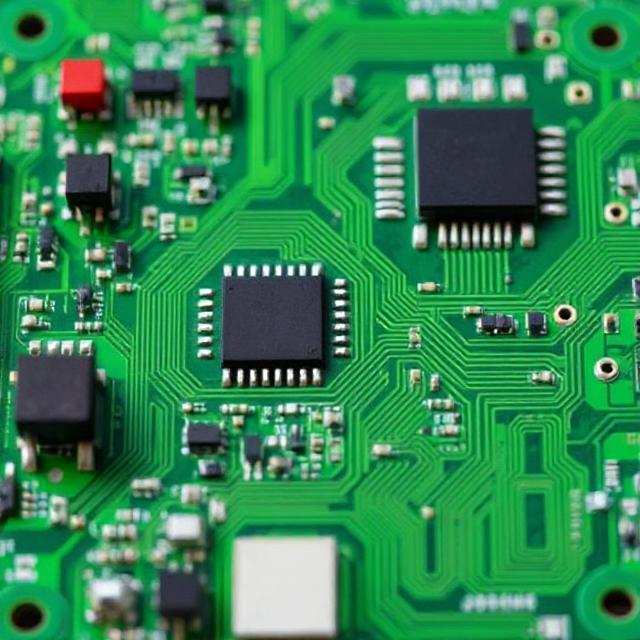Time-domain reflectometry (TDR) is a technique used to measure the characteristics of electrical cables and transmission lines, such as their length, quality, and location of faults. It works by sending a signal down the cable and measuring how that signal bounces back. Think of it like sending a wave down a water pipe and listening for the echo to understand where there are issues or changes in the pipe.

1. What is TDR?
TDR stands for Time-Domain Reflectometry. It’s a method used to:
- Find faults or issues in cables (like breaks, short circuits, or places with poor connection).
- Measure the length of cables and check if they match the expected distance.
- Assess the quality of the cable (for example, whether there’s too much resistance or interference).
TDR is commonly used for testing and troubleshooting cables in industries like telecommunications, networking, and electronics.
2. How Does TDR Work?
TDR works by sending a fast electrical pulse down a cable, and then measuring how long it takes for the pulse to return after hitting an obstruction or change in the cable’s characteristics. Here’s the basic process:
A. Sending the Signal:
- A device called a TDR tester sends a fast electrical pulse (like a wave) down the cable.
B. Reflecting Back:
- When the pulse encounters an impedance change (a point in the cable where the electrical properties change), part of the signal is reflected back to the TDR tester.
- For example, if there is a break in the wire, the signal will reflect back at that point.
- If the cable is too long or has areas of poor connection, the signal may bounce back in a way that indicates a problem.
C. Measuring Time:
- The TDR tester measures the time it takes for the pulse to travel to the problem area and back.
- By knowing the speed at which the signal travels (based on the type of cable), the tester can calculate the distance to the problem (e.g., how far the fault is in the cable).
3. What Can TDR Detect?
TDR can detect a variety of issues in cables, such as:
- Cable length: TDR can tell you how long the cable is by measuring the time it takes for the pulse to return.
- Faults in the cable: If there’s a problem like a break (open circuit), short circuit, or poor connection, TDR can locate where in the cable the problem is.
- Impedance mismatches: If the cable has areas with different electrical properties (for example, a change in wire thickness or insulation), TDR can detect this by how the pulse reflects back.
- Damage or wear: Over time, cables may become damaged or worn out, and TDR can help identify areas of weakness.
4. Visualizing the Data:
The TDR tester shows the results on a screen, often in the form of a graph. The graph will display:
- Time on the x-axis (how long the pulse takes to travel).
- Voltage or signal strength on the y-axis (how strong the reflected signal is).
- A sudden spike or dip in the graph indicates where a fault or change has occurred along the cable. The further out along the x-axis the spike is, the farther away the issue is.
5. Applications of TDR:
TDR is used in many different fields for testing and troubleshooting:
- Network cables: TDR can test Ethernet or fiber optic cables to make sure they are functioning properly and can detect faults or incorrect wiring.
- Telecommunications: TDR is used to check phone lines and other telecom cables for faults or quality issues.
- Electrical systems: TDR can be used to test power cables in machinery, industrial equipment, and even in aerospace for aircraft wiring.
- Maintenance and troubleshooting: TDR is a valuable tool for technicians to quickly locate and fix issues without needing to physically inspect the entire cable.
6. Advantages of TDR:
- Non-destructive: TDR is a safe, non-invasive method to test cables without having to cut or physically damage them.
- Precise: It can pinpoint the exact location of faults or problems in a cable, which makes it easier to fix them.
- Quick: TDR gives fast results, saving time when troubleshooting cable issues.
7. Limitations of TDR:
- Cable type: TDR works best with cables that have defined electrical properties (like twisted pair cables or coaxial cables). It may be less accurate with very complex or unusual cables.
- Experience needed: Interpreting TDR data correctly requires some expertise to understand how to read the graph and make accurate diagnoses.
Conclusion:
Time-domain reflectometry (TDR) is a powerful tool for testing cables and electrical systems by sending a signal down the cable and measuring the time it takes for that signal to return. It helps locate faults, measure cable length, and ensure the quality of electrical connections. TDR is widely used in industries where cables are important, helping technicians quickly and accurately identify problems to keep systems running smoothly.











